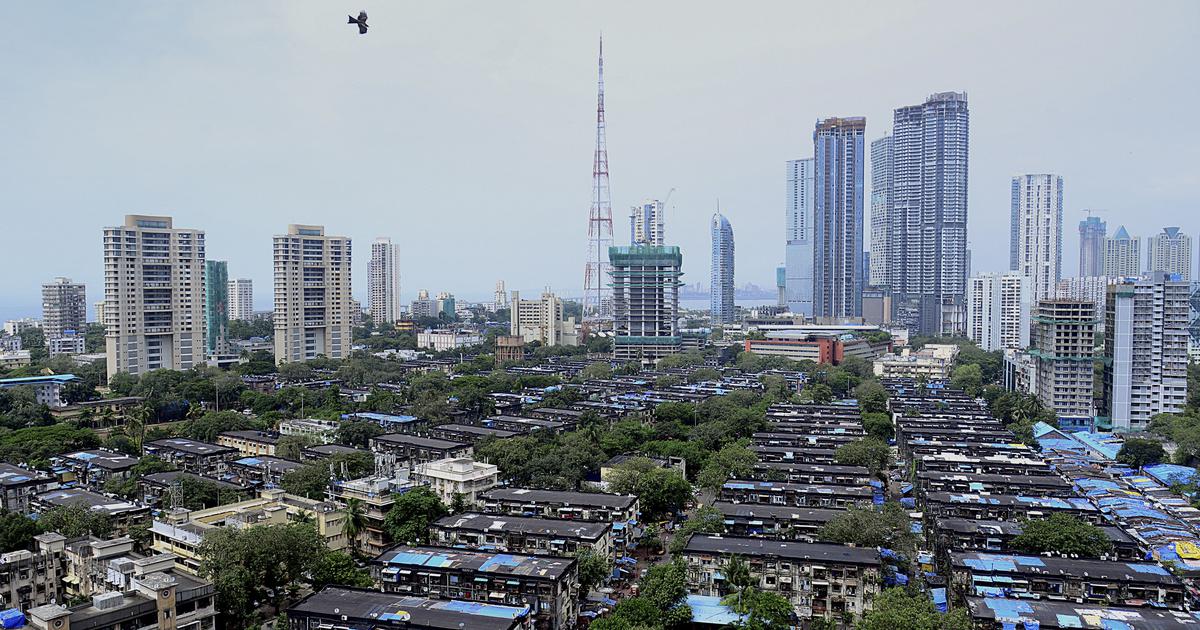NEW DELHI: Severe heatwave grips North Indian cities, including Delhi, with temperatures hitting 50°C; inadequate green cover exacerbates urban heat island effect.
With maximum temperatures circling 50°C, major North Indian cities—including the nation’s capital, Delhi—are experiencing a severe heatwave. The heatwave resulted in the death of a labourer on Thursday. The Indian Metrological Department (IMD) has predicted a severe heatwave to continue until June 14, which has further worsened the situation in Delhi. The intent of heat can be assumed from the fact that Delhi’s power demand peaked at 8302 MW on Wednesday, while on average it is crossing the mark of 7000 MW. There are various factors contributing to the heatwave in Delhi.
The importance of green cover in mitigating the urban heat island effect has been frequently highlighted by experts. Delhi’s current green cover, according to official data from the forest department, is only 23%, whereas it ought to be at least 33%.
Nonetheless, the national capital’s green space is dispersed unevenly in some areas. For instance, it is 47% in the New Delhi region and 34.30% in South Delhi. However, according to sources, it is just 3.90% in North-West Delhi, 5.30% in West Delhi, and 6.10% in East Delhi. Because of this inconsistent coverage, places like Mungeshpur and Narela, where the estimated percentage of green cover is 7.7%, are constantly hit by heat waves.
According to Professor P.K. Joshi of Jawaharlal Nehru University (JNU), the extreme heatwave in Delhi is caused by a combination of natural and human-induced factors. High-pressure systems, known as ‘heat domes,’ trap heat, preventing cooler air from moving in. Heatwaves from Rajasthan significantly contribute to the rising temperatures in Delhi.
Areas like Mungeshpur, Narela, and Najafgarh are particularly vulnerable to these hot winds, exacerbated by direct sunlight and a lack of shade. The urban heat island (UHI) effect further intensifies the heat as concrete and buildings retain more heat than natural landscapes. The lack of green spaces and tree cover reduces natural cooling, and Delhi’s landlocked position adds to the problem. Additionally, industrial activity, vehicle emissions, and other human activities contribute to higher temperatures and air pollution, worsening the heatwave effects.
He further added that according to the IPCC, heatwaves that once occurred every 10 years are now likely to happen 2.8 times more frequently due to human-caused climate change. This increase is a direct result of greenhouse gas emissions. The GHG-induced warming trend leads to more extreme weather, including severe heatwaves. Cutting down trees reduces CO2 absorption and transpiration, which could have contributed to cooling. Prof. Joshi asserted that climate change affects atmospheric circulation, leading to more persistent high-pressure systems that trap heat and cause prolonged heat waves. Feedback mechanisms like reduced snow cover and ice melt decrease the Earth’s albedo, leading to further warming. Higher temperatures and drier conditions exacerbate heatwaves by reducing soil moisture and vegetation cover.
The National Disaster Management Authority (NDMA) provides key guidelines for staying safe during a heat wave. Drink plenty of water throughout the day, even if you don’t feel thirsty, and avoid alcohol, caffeine, and sugary drinks, as they can cause dehydration. Stay indoors during the hottest parts of the day (11 a.m. to 3 p.m.) and try to stay in air-conditioned places, using fans and air conditioning at home. Wear lightweight, loose-fitting, light-coloured clothing made from natural fabrics like cotton.
Take cool showers or baths, avoid strenuous activities and direct sunlight, and watch for symptoms of heat-related illness such as heavy sweating, weakness, dizziness, nausea, headache, and confusion. Pay attention to weather forecasts and heat advisories to stay informed. While the symptoms of heat exhaustion include cool, moist skin, dizziness, heavy sweating, and faintness, If someone shows signs of heat exhaustion, it’s essential to take immediate action to cool down and rehydrate. Move to a cooler place, remove unnecessary clothing, provide fluids, and cool the skin using water or cold packs. If symptoms persist or worsen, seek medical help promptly.

